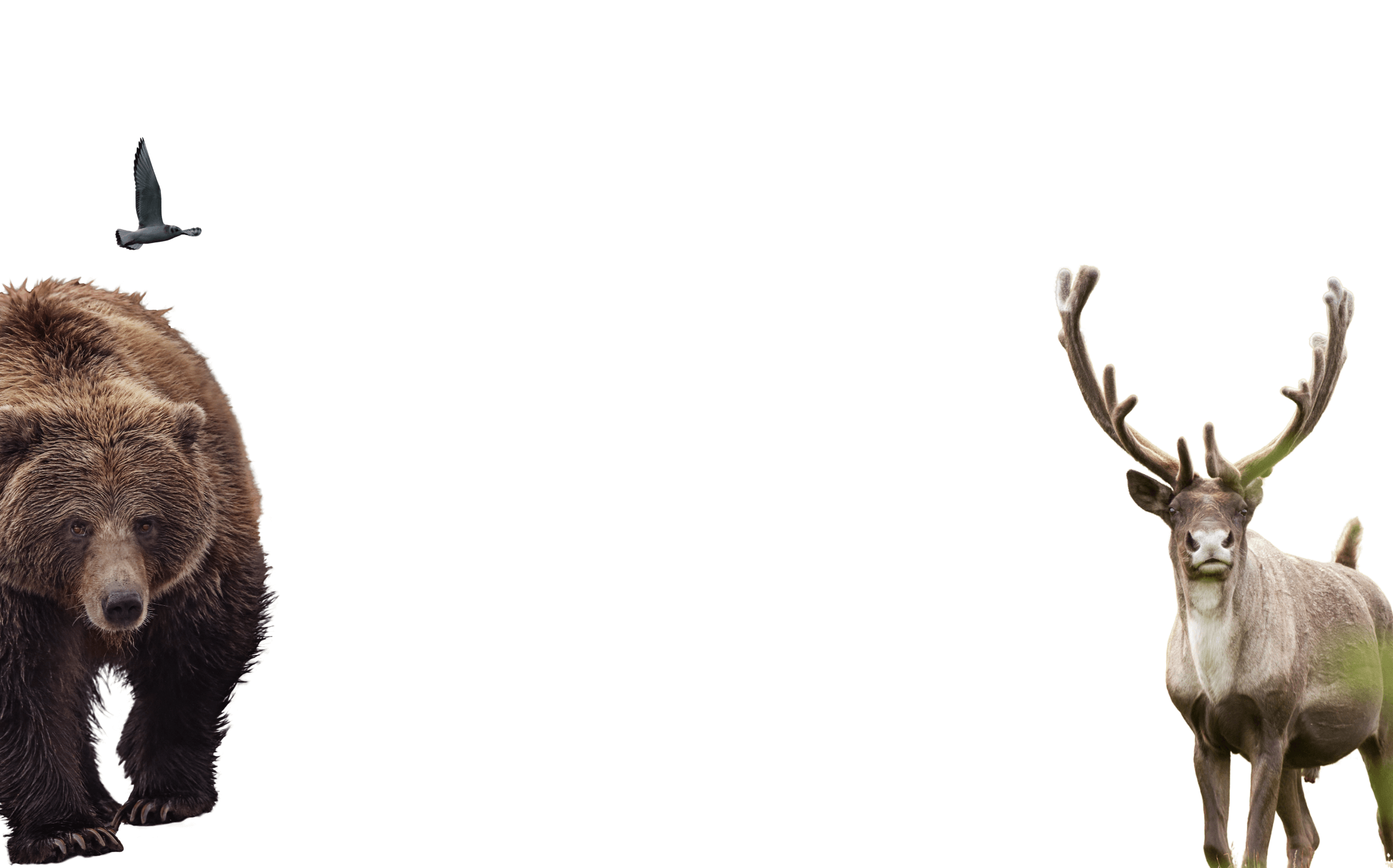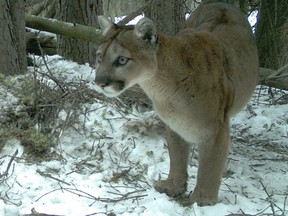Last year, Alberta turned back decades of sustainable wildlife management to expand hunting and trapping. Was there any scientific justification for these changes?

Opinion: No data to back up province’s expansion of hunting
January 17, 2025
- •
- •
- •

Alberta’s wildlife management plan lacks scientific evidence, and may actually threaten populations of at-risk animal populations. Photo by Courtesy, Parks Canada
As seen in the Calgary Herald.
By Ruiping Luo
Female cougar quotas more than doubled last year and new areas were opened to hunting. The minister said Alberta’s cougar management plan aims for a healthy population of about 1,500, and that presently we have about 2,000. The latest estimate from 2019 shows there are about 1,559 total cougars (and about 795 adults) in the province, a reduction from the 2,051 estimated in 2012. Moreover, the management plan sets out 1,500 cougars as a minimum population, not a management target.
Loewen also argues the new harvest rate is sustainable, but that statement is at odds with management plans that call for maximum human-caused mortality of 20 per cent each year, and a harvest quota of 14 to 16 per cent of the adult population. At 795 adults, that harvest quota works out to 111 to 127 cougars, less than Loewen’s new quota of 133.
Loewen’s concern about increased human-cougar conflict would not be helped by increased cougar hunting, which usually worsens conflict. Alberta’s cougar mortality statistics confirm this; in years with high human-caused mortality of cougars, more problem cougars are also removed.
Alberta also amended the Wildlife Act to allow hunting of “problem” grizzly bears, despite their status as a threatened species. The government stated their population had increased from approximately 800 to “more than 1,150.” In August, the Alberta Wilderness Association asked the government to provide the scientific report for this new population update but has not received one. This three-year population surge would be an astonishing feat for the bears, which took 11 years to grow from about 691 individuals to no more than 1,000 (in 2021, the population was estimated to be between 865 and 973.
In any case, there should be at least 1,000 mature grizzly bears for the population to be considered recovered. Even using the government’s latest population statement, that puts the likely number of mature grizzly bears (usually about half of the total population) at around 500 or 600.
The government again used public safety to help justify the change, stating there were 104 bear attacks from 2000 to 2021. However, a thesis study of fatal bear attacks in Canada found only eight attacks by grizzly bears in Alberta between 1990 and 2023, and three by black bears. Parks Canada data indicates six attacks by grizzlies between 2010 and 2023.
Trapping quotas were removed for fur-bearing animals in most areas, affecting wolverines, fishers, river otters and Canada lynx. The former quotas were meant to prevent overharvesting sensitive species. The minister reported restrictions were lifted because the quota was “indefensible, as it was outdated and not based on any real science.”
However, research on harvest quotas is already available, mostly suggesting Alberta’s trapping quotas were too high. In particular, wolverine harvest has been recommended to be reduced by half or more, with the current harvest described as unsustainable. In 2024, the Alberta population was estimated at 955 animals, with only 544 adults.
Yet, the minister insists that unlimited trapping will help the province gain data to eventually create a quota system.
Trapping data can be misleading and have biases significantly affecting the interpretation of population trends. The 2001 Alberta Furbearer Harvest Data Analysis acknowledges that trapping alone is not enough to give an accurate population count.
This isn’t just about hunting or wildlife management anymore. This is about the integrity of our government, which continues making false and misleading statements.
Ruiping Luo is a conservation specialist with Alberta Wilderness Association (AWA), with a background in ecology.
